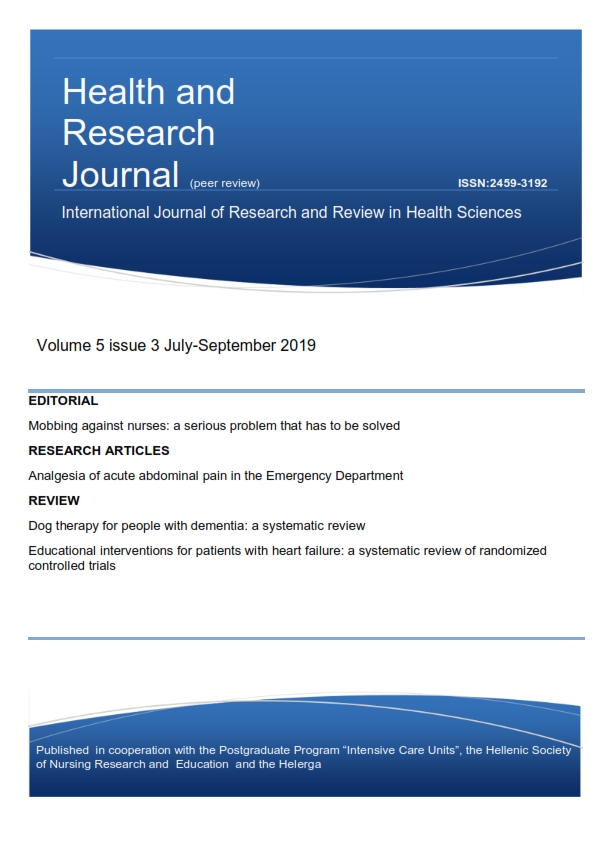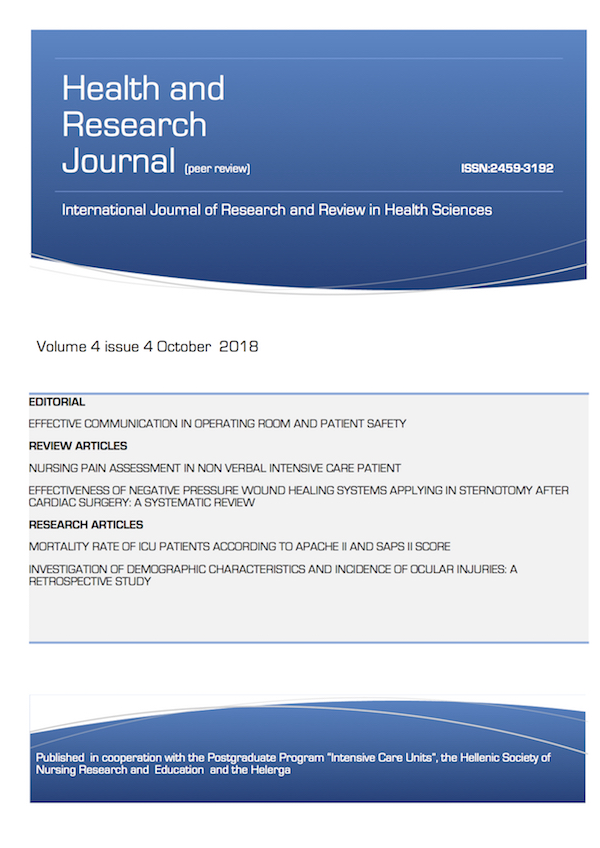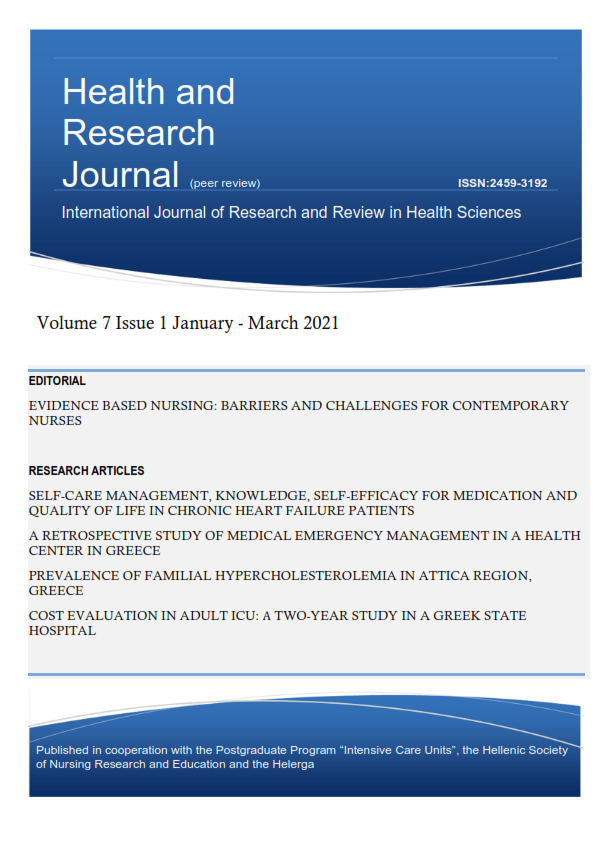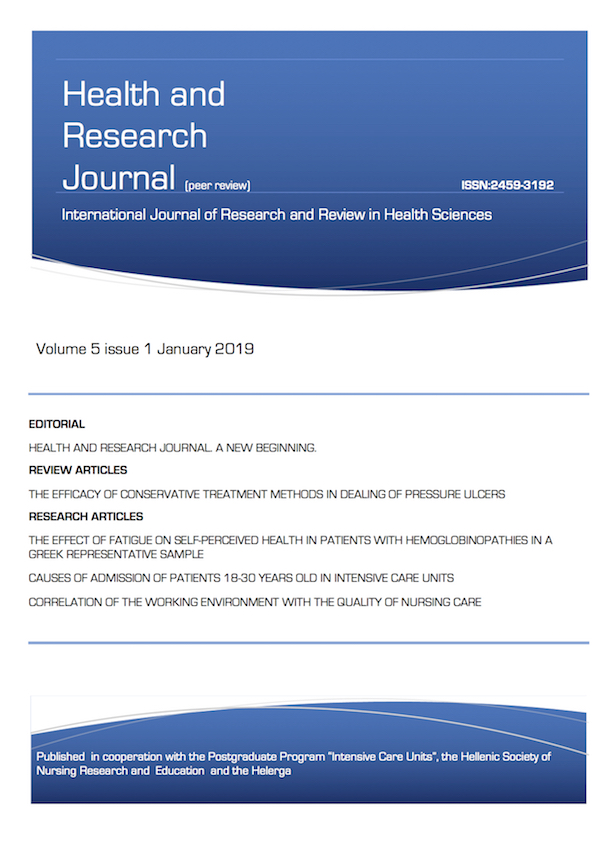Benchmarkıng ındıcators nursing workload ın Intensıve Care Unıts

Abstract
Introduction: The high and continues increasing nursing workload in the Intensive Care Unit (ICU) is a remarkable increase in mortality factor of heavy ill patients.
Aim: The aim of this study was a comparison evaluation between the score of Nursing Workload (NW), Nursing Activity Score (NAS) and Comprehensive Nursing Intervention Score (CNIS) in nurses who treat critically ill patients in Intensive Care Unit (ICU).
Material and Methods: The studied population was 100 patients who were hospitalized in Intensive Care Units (ICU) hospitals in Athens and private clinic of Piraeus. It was used a special designed questionnaire by the researchers based on Nursing Activity Score (NAS) score and Comprehensive Nursing Intervention Score (CNIS) score. Data analysis was performed with the statistical package SPSS 17.0.
Results: The 56% of study were men. The average age of the sample was 74 ± 15 years. The average Nursing Activity Score (NAS) for the first 10 days of hospitalization was 55, 4 ± 4, 9 and Comprehensive Nursing Intervention Score (CNIS) was 129, 5 ± 15, 4. Compared with indicators gravity nursing workload, with prognostic score APACHE II, SAPS II, the Glasgow scale and with laboratory markers creatinine and white blood showed that the Nursing Activity Score (NAS) and Comprehensive Nursing Intervention Score (CNIS) indicators a statistically significant difference (p = 0.005 and p <0.001, respectively) compared with patient outcome.
Conclusions: The nursing workload (NW) as measured on scales Nursing Activity Score (NAS) and Comprehensive Nursing Intervention Score (CNIS). Both scales are equality and validity. Similarly, the outcome of these patients was associated with disease severity as measured by the score APACHE II and SAPS II.
Article Details
- How to Cite
-
Kollia, T., Argyriou, G., Prevyzi, E., Nestor, A., Kotanidou, A., & Marvaki, C. (2016). Benchmarkıng ındıcators nursing workload ın Intensıve Care Unıts. Health & Research Journal, 2(4), 277–290. https://doi.org/10.12681/healthresj.19860
- Section
- Original Articles
Copyright notice:
The journal "Health and Research Journal" reserves the rights for copyright of the content of the website and also the copyright of the articles published.
By virtue of their appearance in this journal, the articles are free to be used for non-commercial purposes. However, the articles cannot and must not be used in anyway, published elsewhere or modified without any reference to the author and the first publication of the article.






